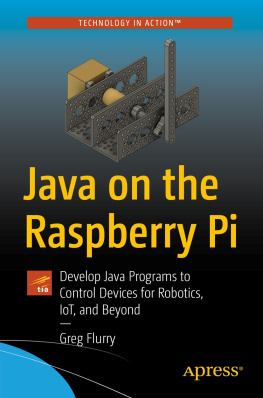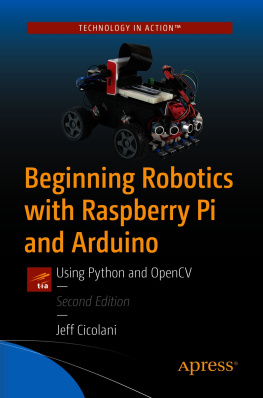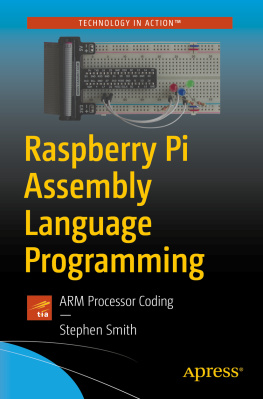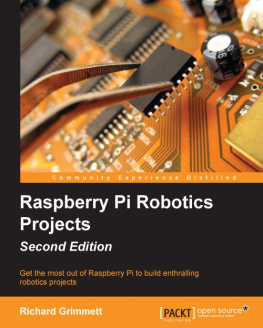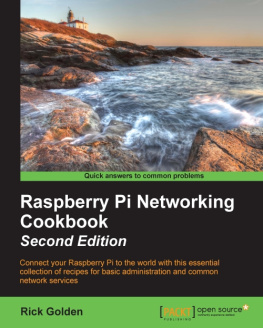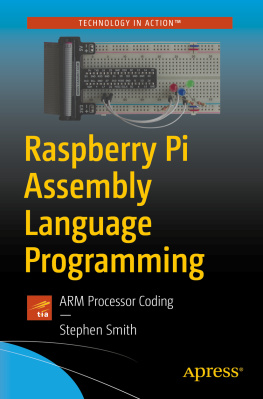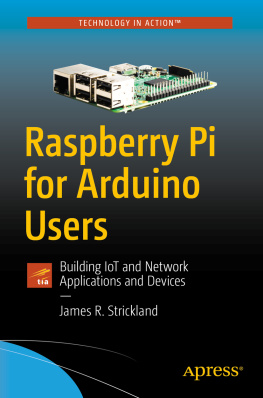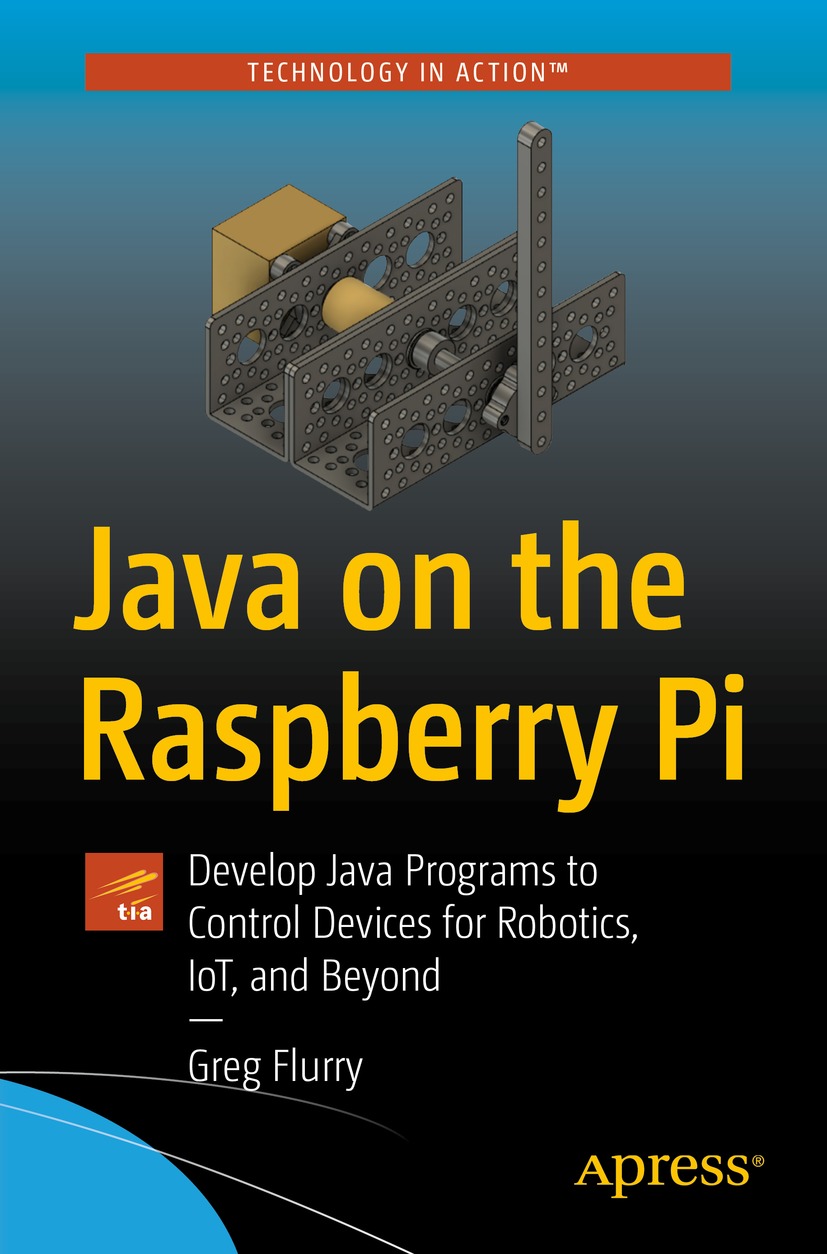Greg Flurry - Java on the Raspberry Pi: Develop Java Programs to Control Devices for Robotics, IoT, and Beyond
Here you can read online Greg Flurry - Java on the Raspberry Pi: Develop Java Programs to Control Devices for Robotics, IoT, and Beyond full text of the book (entire story) in english for free. Download pdf and epub, get meaning, cover and reviews about this ebook. year: 2021, publisher: Apress, genre: Computer. Description of the work, (preface) as well as reviews are available. Best literature library LitArk.com created for fans of good reading and offers a wide selection of genres:
Romance novel
Science fiction
Adventure
Detective
Science
History
Home and family
Prose
Art
Politics
Computer
Non-fiction
Religion
Business
Children
Humor
Choose a favorite category and find really read worthwhile books. Enjoy immersion in the world of imagination, feel the emotions of the characters or learn something new for yourself, make an fascinating discovery.
- Book:Java on the Raspberry Pi: Develop Java Programs to Control Devices for Robotics, IoT, and Beyond
- Author:
- Publisher:Apress
- Genre:
- Year:2021
- Rating:3 / 5
- Favourites:Add to favourites
- Your mark:
Java on the Raspberry Pi: Develop Java Programs to Control Devices for Robotics, IoT, and Beyond: summary, description and annotation
We offer to read an annotation, description, summary or preface (depends on what the author of the book "Java on the Raspberry Pi: Develop Java Programs to Control Devices for Robotics, IoT, and Beyond" wrote himself). If you haven't found the necessary information about the book — write in the comments, we will try to find it.
Youll review some limitations on using Java imposed by the Raspberry Pi and Raspberry Pi OS, and even Java itself, and examine which ones might apply to your projects and your devices. Youll also explore solutions to address the limitations and l look at efficient development of Java for the Raspberry Pi.
Java on the Raspberry Pi shows how to interact with a range of devices useful in robotics and IOT, overcoming the hurdles in doing so. It also covers off-loading work from the Raspberry Pi to an Arduino, leveraging its close-to-real time capabilities.
What Youll Learn
- Develop with Java remotely using NetBeans
- Leverage available libraries to enable device interaction, and what to do if they dont work
- Implement multi-processing, using an Arduino as a co-processor
- Build sophisticated projects with multiple threads of execution, multiple processes, and even multiple systems
Experienced programmers who appreciate the benefits of Java and world class tools for application development and want to build robotics or IOT projects using the low cost, low power, and portability of the Raspberry Pi.
Greg Flurry: author's other books
Who wrote Java on the Raspberry Pi: Develop Java Programs to Control Devices for Robotics, IoT, and Beyond? Find out the surname, the name of the author of the book and a list of all author's works by series.

